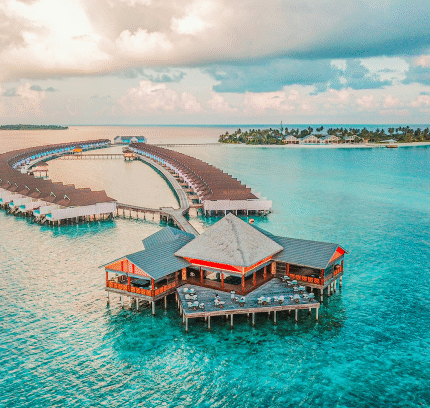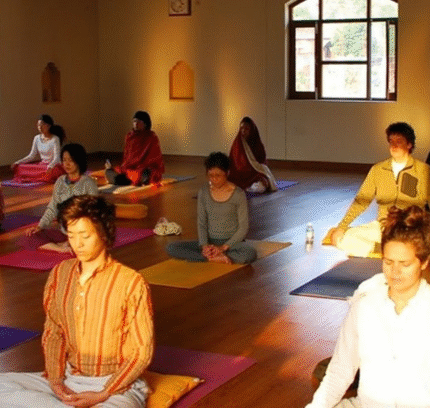GOLDEN TRINGLE WITH NEPAL
(10 Nights / 11 Days)
Private Service – Culturally Immersive Journey
Explore the vibrant heart of India and the serene soul of Nepal on this 11-day private journey.
From the bustling markets of Old Delhi to the timeless beauty of the Taj Mahal, and onward to Kathmandu’s sacred temples and Himalayan horizons, this itinerary offers a compelling blend of history, spirituality, and unforgettable architecture. Wander royal palaces, witness ancient rituals, and connect with the cultural threads that tie India and Nepal together in a vibrant tapestry of tradition and legend.
-
Begin your adventure in Delhi, where Mughal monuments meet colonial grandeur and markets buzz with life.
-
Discover the royal heritage of Jaipur, the “Pink City,” where forts and palaces tell stories of valor and opulence.
-
Stand in awe before the Taj Mahal in Agra, a poetic masterpiece in marble.
-
Journey across the border to Nepal, where Kathmandu’s sacred stupas and medieval squares invite reflection and wonder.
-
Explore UNESCO World Heritage Sites, from Patan to Bhaktapur, and glimpse the Himalayas on an optional scenic flight over Mount Everest.
Highlights include:
-
Rickshaw rides through Chandni Chowk and Jaipur’s bazaars
-
Sunrise visit to the Taj Mahal
-
Jeep ride to the hilltop Amber Fort
-
Immersive local experiences and guided heritage walks
-
Flights between Delhi and Kathmandu
-
Sacred landmarks like Pashupatinath, Boudhanath, and Swayambhunath
Package Includes:
-
10 nights accommodation in handpicked hotels
-
Daily breakfast
-
Private transportation and all transfers
-
Domestic flight from Delhi to Kathmandu
-
Experienced English-speaking guides
-
Monument entrance fees as per itinerary
-
Airport meet-and-greet service
Travel Style: Private, Cultural, Historic
Destinations Covered: Delhi – Jaipur – Agra – Kathmandu – Patan – Bhaktapur
Best Time to Visit: October to March (mild, pleasant weather)












Reviews
There are no reviews yet.